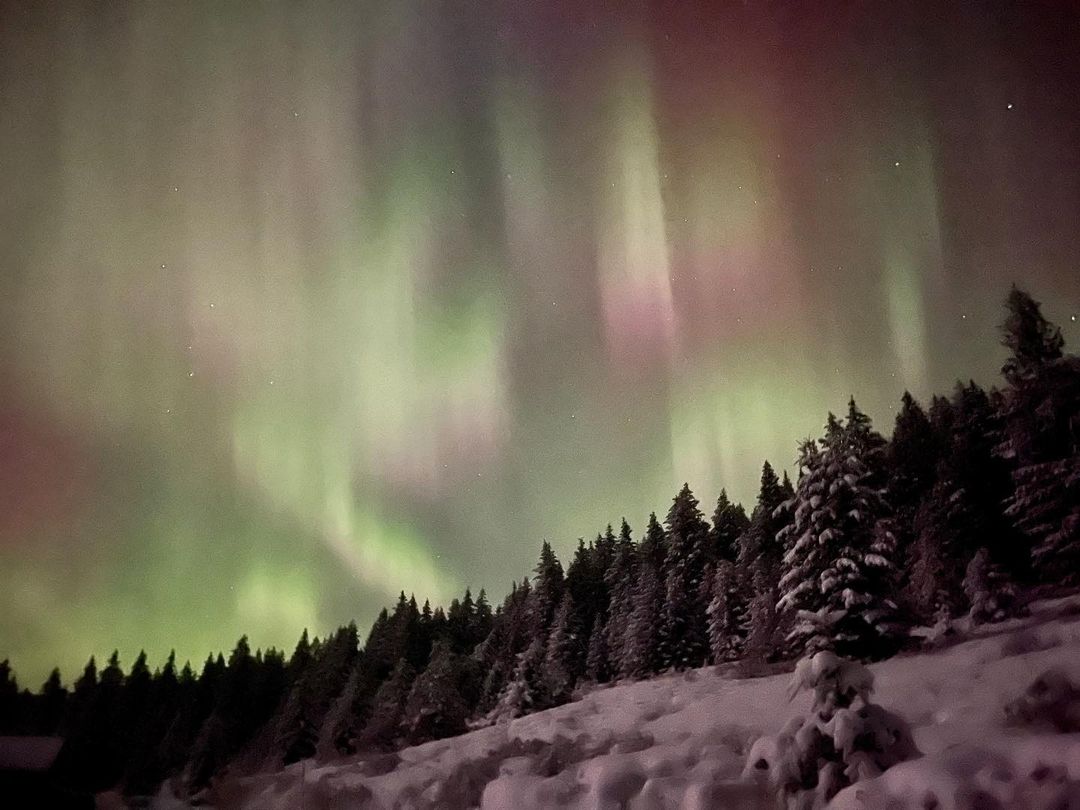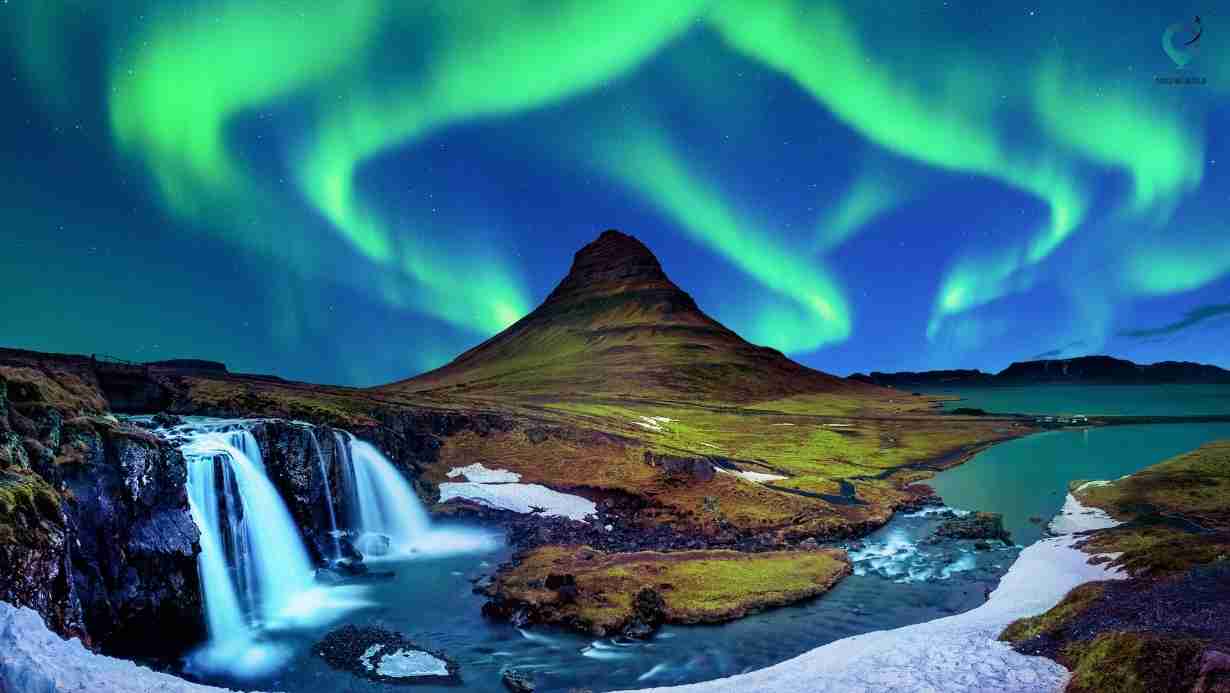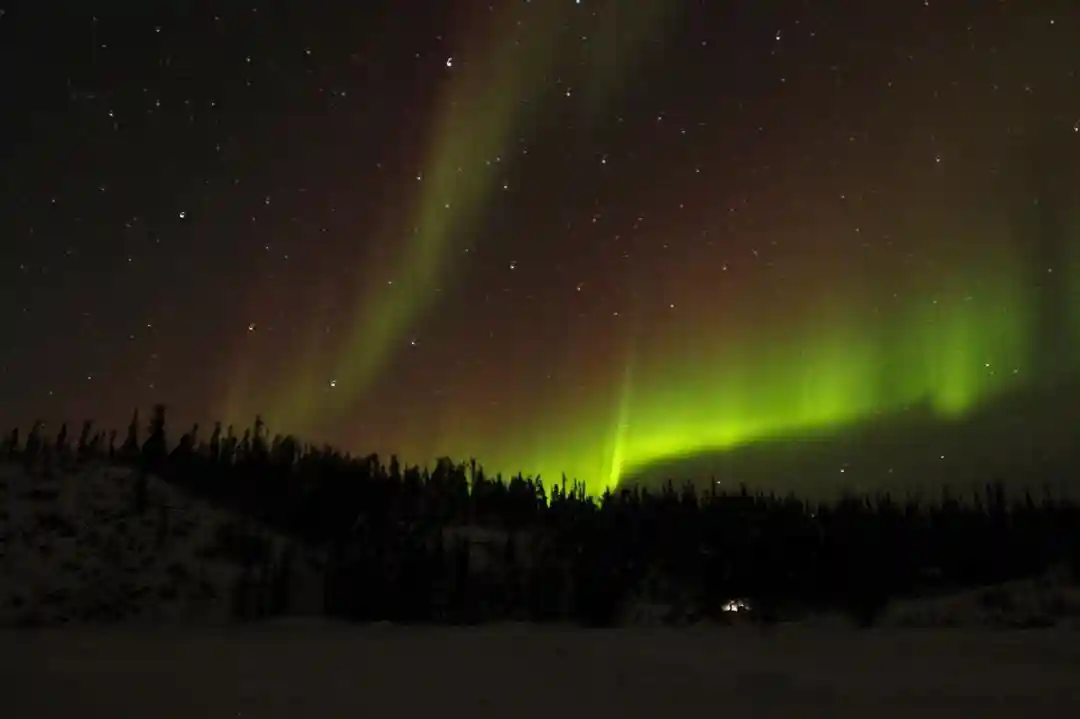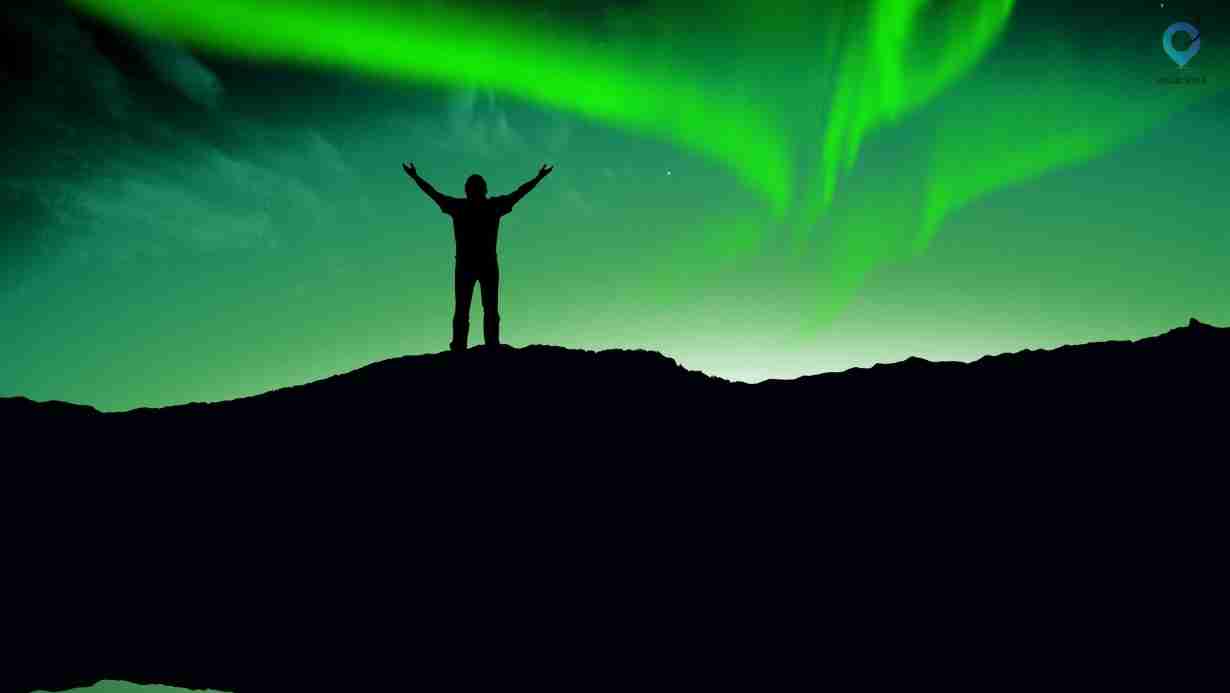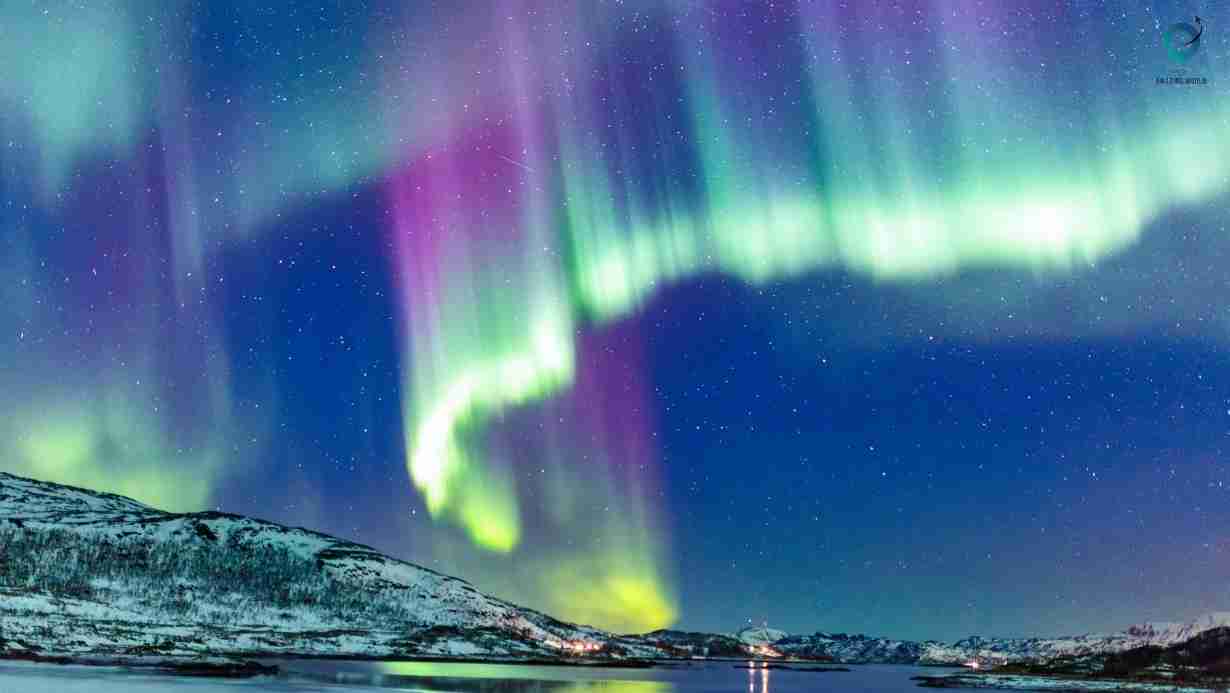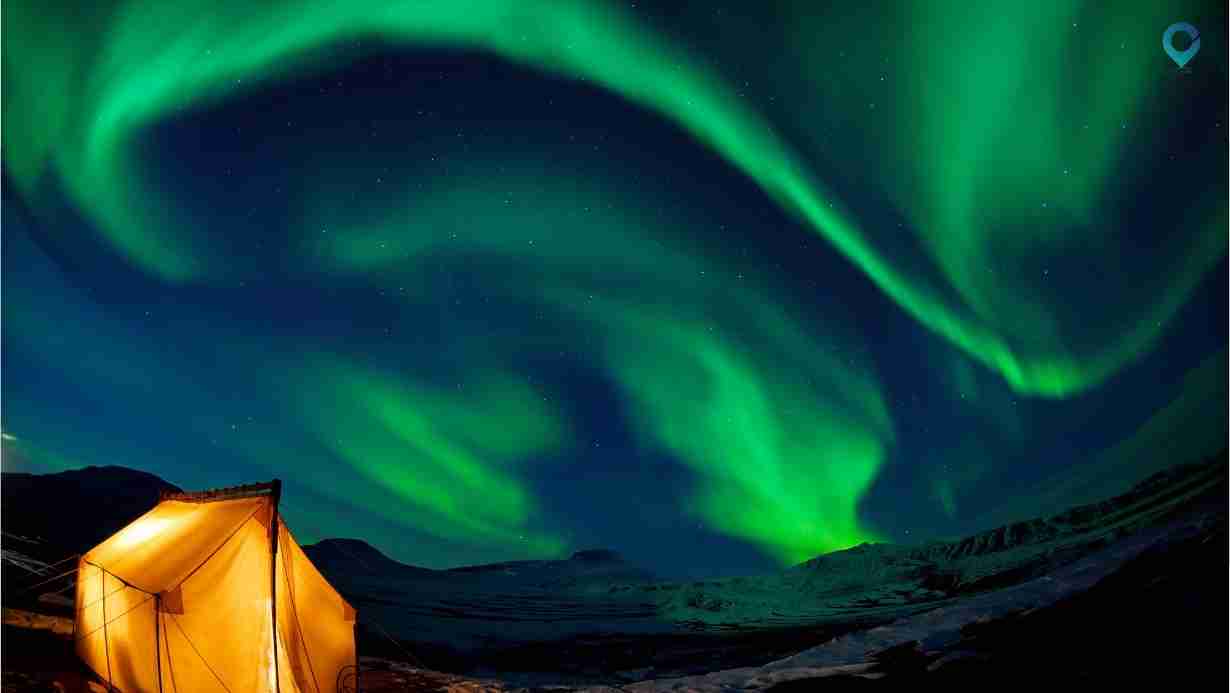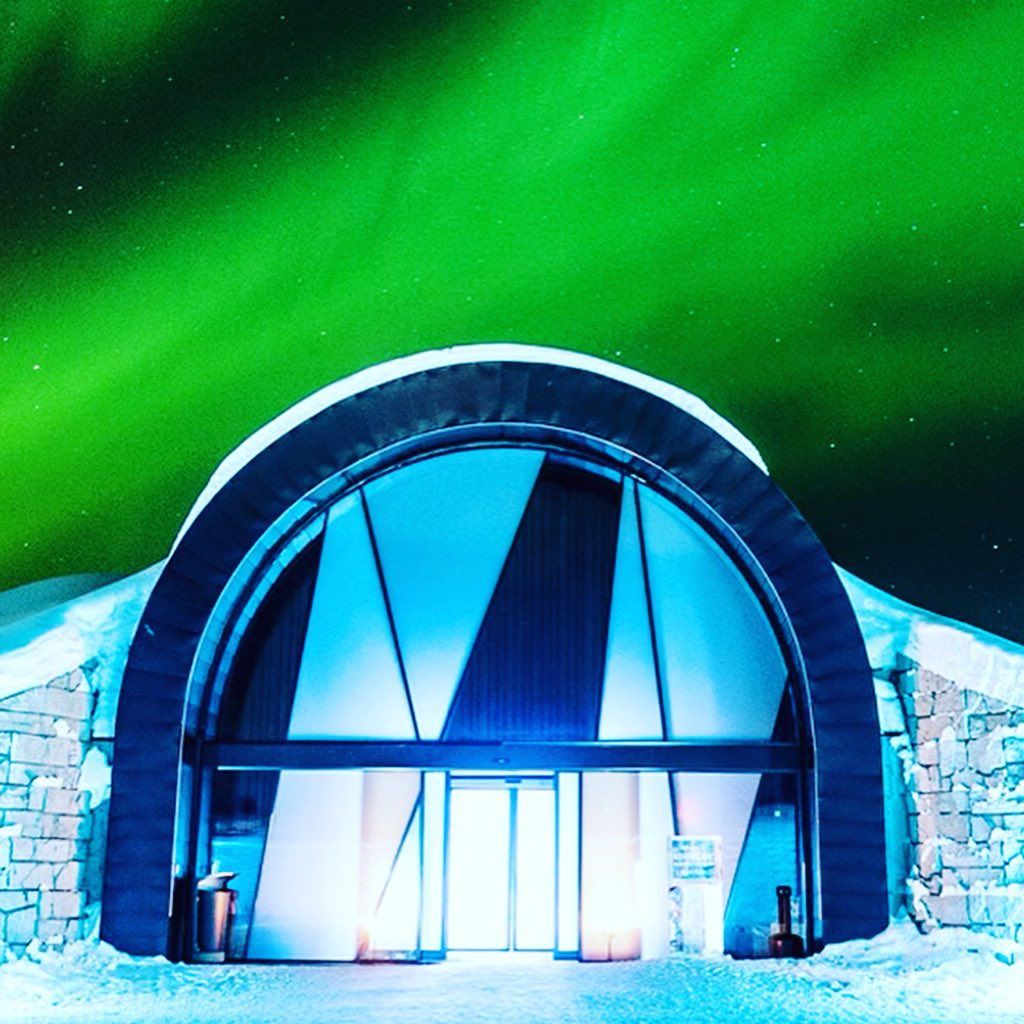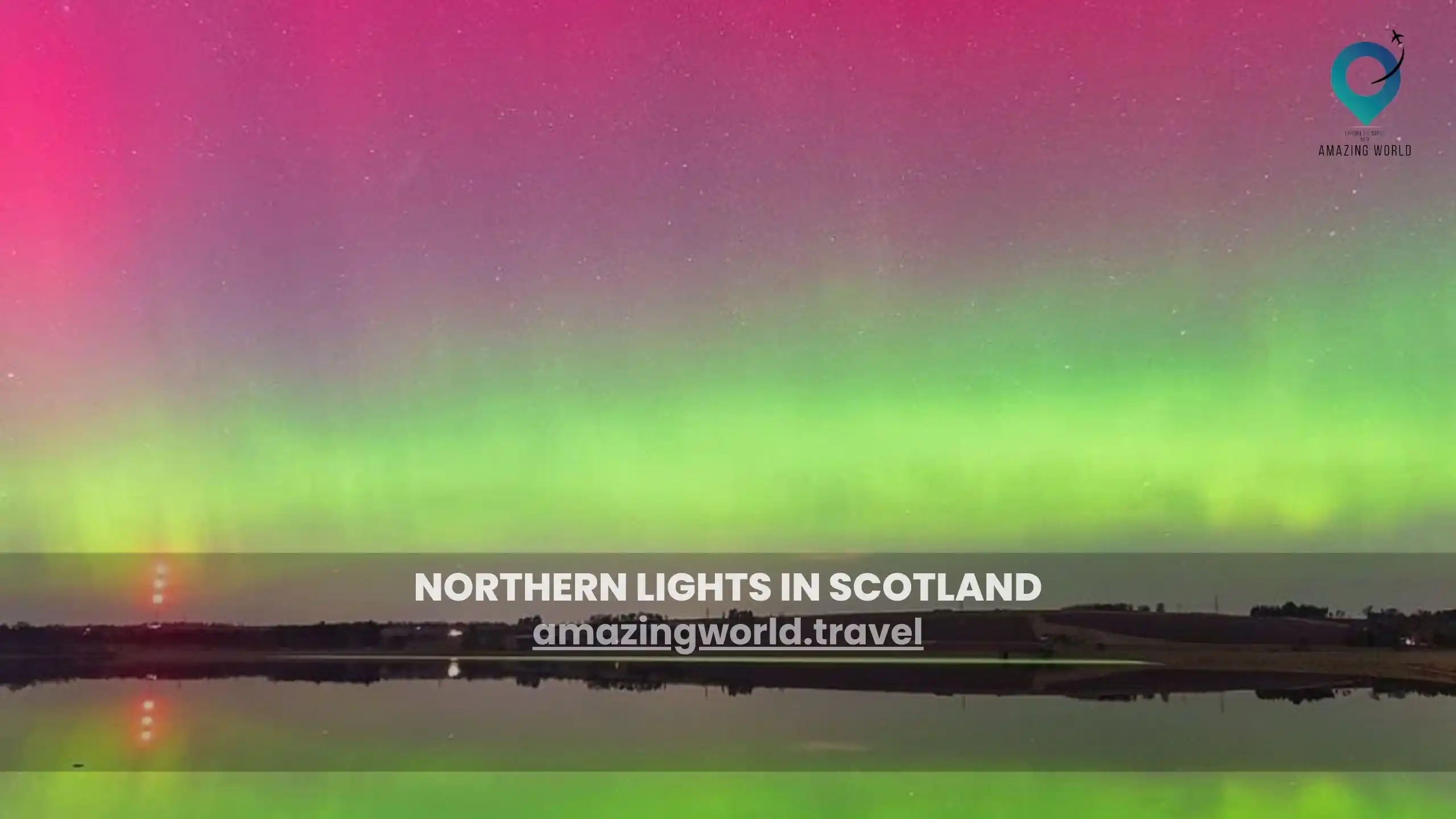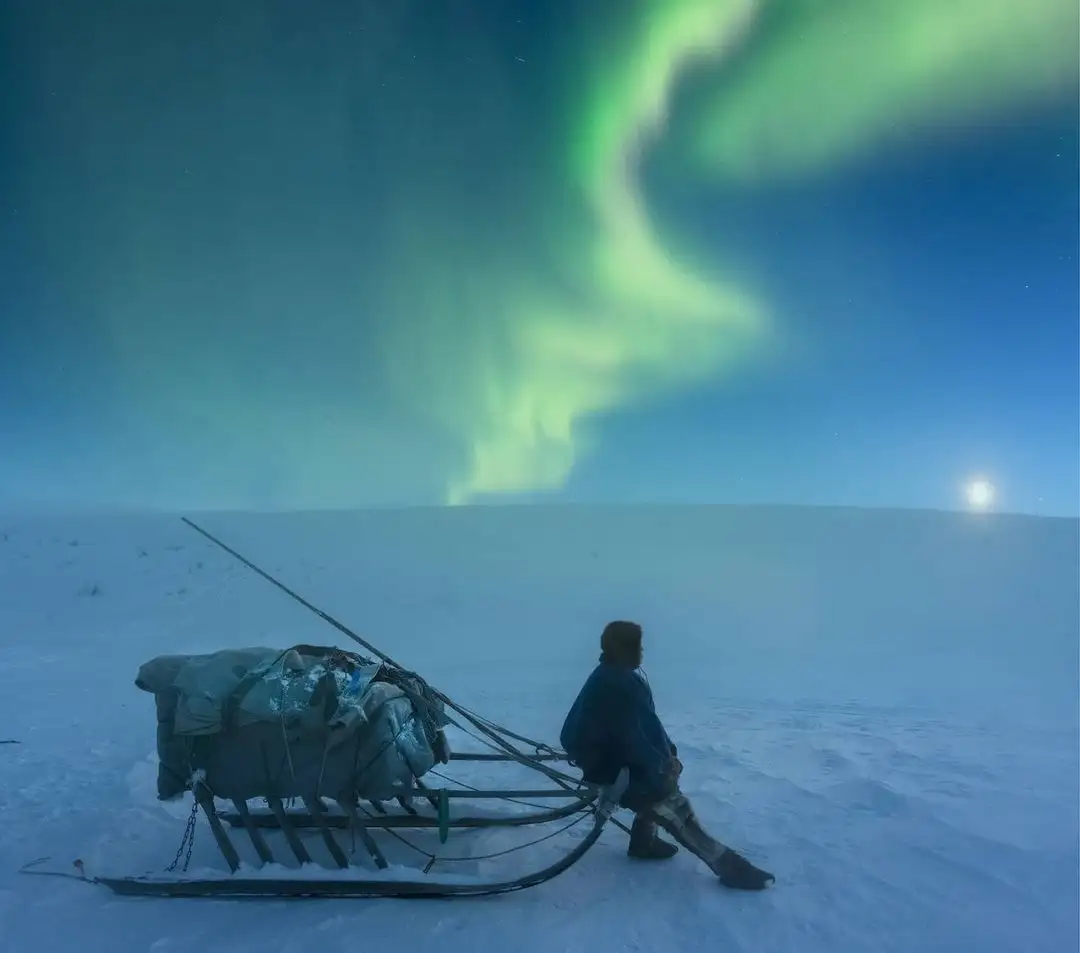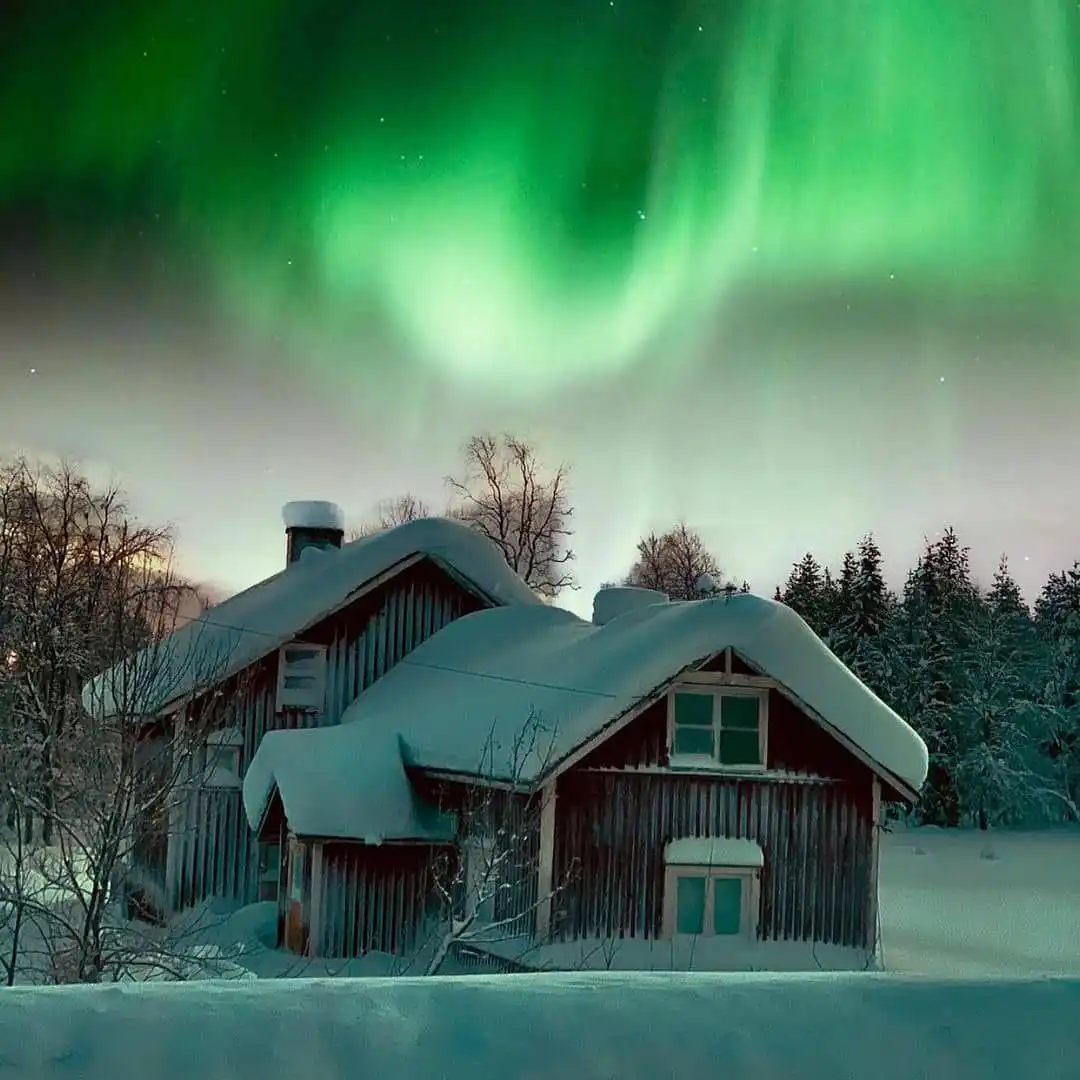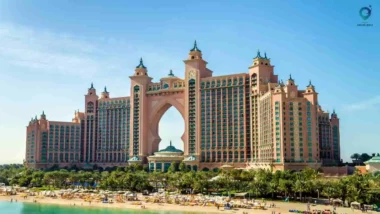Northern Lights: Top 5 Places & Times to See Northern Lights in Canada 2024
Table of Contents
Toggle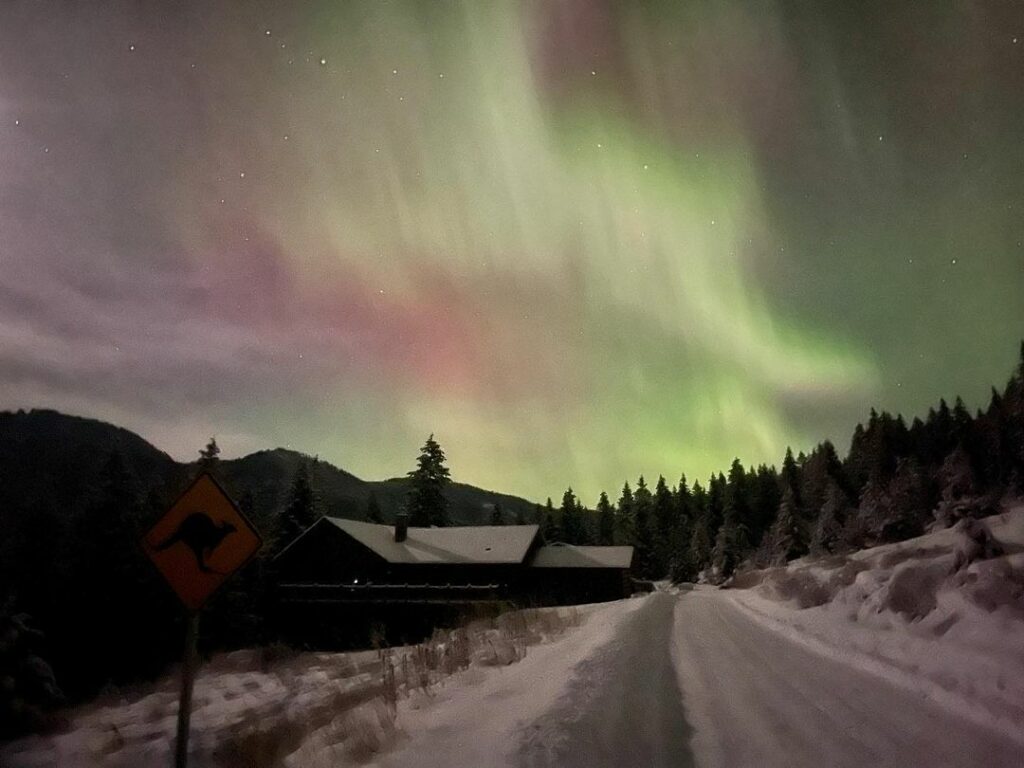
Are you excited about seeing the stunning Northern Lights in Canada? We’re here to guide you through the best places and times to witness this magical spectacle in 2024. We’ll take you to five amazing locations—Churchill, Yellowknife, Whitehorse, Tofino, and Banff National Park—where you can experience the breathtaking colors of the Aurora Borealis. We’ll show you when and where to go to have the best chance of seeing this incredible natural display. Get ready to be amazed by the beautiful lights in the sky!”
In this article, we will guide you through the top five places to see the Northern Lights in Canada, highlighting Churchill, Manitoba; Yellowknife, Northwest Territories; Whitehorse, Yukon; Tofino, British Columbia; and Banff National Park, Alberta.
Get ready to immerse yourself in the wonders of the Aurora Borealis and experience the magic of the Northern Lights in these remarkable Canadian destinations.
1. Churchill, Manitoba
Nestled on the shores of Hudson Bay in Manitoba, Churchill stands as a premier destination for witnessing the Northern Lights. Its unique geographical location at the auroral oval, combined with favorable atmospheric conditions, makes it an ideal spot to experience this celestial phenomenon.
Churchill’s high latitude, situated at approximately 58 degrees north, places it right in the heart of the Northern Lights belt. The auroras here are known for their intensity and frequency, offering visitors an excellent chance to witness this incredible spectacle. The town’s relatively flat terrain and minimal light pollution further enhance the visibility of the auroras.
To make the most of your Northern Lights adventure in Churchill, you can rely on the expertise of tour operators specializing in Aurora viewing. They offer guided tours and expeditions that maximize your chances of witnessing the auroras at their peak.
Additionally, Churchill provides a range of accommodations catering specifically to Northern Lights enthusiasts, ensuring a comfortable and memorable stay.
2. Yellowknife, Northwest Territories
In the remote wilderness of the Northwest Territories, Yellowknife emerges as a haven for Northern Lights seekers. Its pristine natural surroundings, expansive dark skies, and favorable weather conditions create an idyllic setting for witnessing the Aurora Borealis.
As the capital city of the Northwest Territories, Yellowknife offers a range of viewing spots and activities that make your Northern Lights experience truly remarkable. One such popular spot is the Aurora Village, a purpose-built site designed to provide optimal views of the Northern Lights. Here, you can witness the ethereal display from cozy heated teepees, capturing the essence of the Canadian wilderness.
Apart from the Aurora Village, you can also explore other breathtaking locations such as Cameron Falls, Prelude Lake, and Prosperous Lake. These spots offer picturesque landscapes that serve as the perfect backdrop for the dancing lights above.
3. Whitehorse, Yukon
Situated in the breathtaking Yukon Territory, Whitehorse is a prime destination for those seeking the Northern Lights’ captivating beauty. The vast wilderness and dramatic landscapes of the Yukon create an enchanting environment that sets the stage for a remarkable aurora-viewing experience.
To maximize your chances of witnessing the Northern Lights in Whitehorse, it’s recommended to visit between the months of September and April, when the nights are longer and darker. Popular vantage points like Miles Canyon and Fish Lake offer unobstructed views of the auroras, immersing you in their otherworldly glow.
While in Whitehorse, you can also indulge in other winter activities such as dog sledding, snowshoeing, and ice fishing. These additional experiences complement your Northern Lights adventure, providing a well-rounded and unforgettable journey in the Canadian wilderness.
4. Tofino, British Columbia
While Tofino is renowned for its rugged coastlines and pristine beaches, it also offers a distinctive opportunity to witness the Northern Lights. Located on the western coast of Vancouver Island in British Columbia, Tofino provides a contrasting landscape for aurora viewing.
The best times of the year to catch a glimpse of the Northern Lights in Tofino are during the months of October to March. The cool, crisp nights and clear skies contribute to successful sightings. Tofino’s coastal location adds a special touch to the experience, as you can witness the auroras against the backdrop of crashing waves and serene beaches.
It’s important to note that Tofino’s proximity to the Pacific Ocean brings a higher likelihood of cloud cover. However, when the skies clear, the auroras paint the heavens with their celestial hues, creating an enchanting spectacle.
5. Banff National Park, Alberta
Nestled in the heart of the Canadian Rockies, Banff National Park offers a majestic setting for experiencing the Northern Lights. Its combination of natural beauty, including towering mountains and crystalline lakes, along with its dark skies, creates an optimal environment for aurora sightings.
To enhance your Northern Lights experience in Banff, head to iconic viewpoints such as Lake Minnewanka, Moraine Lake, and Bow Lake. These locations provide unobstructed views of the night sky, allowing you to witness the dancing lights in all their glory.
Popular Northern Lights Trip in Canada
|
Location |
Description |
|
Churchill, Manitoba |
Known for intense and frequent auroras, guided tours are available for optimal viewing, minimal light pollution, and accommodations catered for aurora enthusiasts. |
|
Yellowknife, Northwest Territories |
Remote area with expansive dark skies, specialized facilities like Aurora Village, multiple viewing spots, guided experiences. |
|
Whitehorse, Yukon |
Vast wilderness, longer and darker nights from September to April, popular viewing spots like Miles Canyon and Fish Lake. |
|
Tofino, British Columbia |
Coastal location offering sightings during specific times (October to March), potential coastal backdrop for aurora viewing. |
|
Banff National Park, Alberta |
Majestic setting amidst the Canadian Rockies, iconic viewpoints like Lake Minnewanka, Moraine Lake, and Bow Lake. |
Additionally, you can engage in various activities like nighttime photography workshops, stargazing tours, and wildlife viewing. These activities add depth to your adventure, allowing you to immerse yourself in the beauty of Banff while waiting for the Northern Lights to appear.
Canadian Insider Tips to Experience Aurora Borealis
here are some insider tips to enhance your experience of witnessing the Aurora Borealis (Northern Lights) in Canada:
- Timing and Seasonality: Plan your visit between September and April, as this period offers longer, darker nights—ideal for Northern Lights viewing. The peak seasons are generally during winter months when skies tend to be clearer.
- Location Selection: Choose your viewing location wisely. Opt for areas away from city lights and with minimal light pollution to maximize visibility. Remote destinations like Churchill, Yellowknife, Whitehorse, Tofino, or Banff National Park are known for their optimal viewing conditions.
- Weather Monitoring: Keep an eye on weather forecasts. Clear, cloudless skies greatly increase your chances of seeing the auroras. Many apps and websites offer aurora forecasts and real-time updates on solar activity, aiding in better predictions.
- Local Knowledge and Guides: Engage with local guides or tour operators experienced in Northern Lights excursions. They possess valuable insights into prime viewing spots, weather patterns, and offer expert guidance to increase your chances of witnessing the auroras.
- Patience and Flexibility: Be patient as sightings are natural phenomena influenced by various factors. Staying multiple nights increases the likelihood of witnessing the lights. Flexibility in your travel plans allows you to adapt to weather changes or sudden aurora activity.
- Photography Preparation: If capturing the Northern Lights is on your agenda, familiarize yourself with your camera settings beforehand. Use a tripod, longer exposures, and lower ISO settings for better results. Practice in low-light conditions prior to your trip.
- Comfort and Warmth: Northern Lights viewing can involve extended periods outdoors in cold climates. Dress in multiple layers, wear warm clothing, and bring blankets or portable heat sources for comfort during the waiting periods.
- Cultural Experiences: Explore the local culture and traditions surrounding the Northern Lights. Indigenous communities often have rich folklore and stories related to the auroras, providing a deeper understanding and appreciation of this natural wonder.
- Alternative Activities: While waiting for the Northern Lights, engage in other winter activities available at these destinations, such as dog sledding, snowshoeing, or wildlife tours. This enriches your overall experience even if the auroras are elusive.
By considering these tips and preparing adequately, you can enhance your Northern Lights experience in Canada and increase your chances of witnessing this awe-inspiring natural phenomenon.
Conclusion
Embarking on a journey to witness the Northern Lights in Canada is an experience of a lifetime. Churchill, Yellowknife, Whitehorse, Tofino, and Banff National Parks all offer unique landscapes and atmospheric conditions that make them prime locations for aurora viewing.
Whether you choose the flat tundra of Churchill, the remote wilderness of Yellowknife, the vast expanses of the Yukon in Whitehorse, the contrasting coastal scenery of Tofino, or the majestic Canadian Rockies in Banff, each destination guarantees an unforgettable encounter with the Northern Lights.
Pack your bags, prepare your camera, and get ready to be mesmerized by the dance of colors across the night sky. Canada awaits, ready to unveil the magic of the Northern Lights.
How much did you like Our detailed insider Northern Lights in Sweden: All you need to know before Your Visit? Review Also, please share these Blogs with your friends on social media.
Related Post:-
- Northern Lights in Greenland
- Northern Lights in Sweden
- Northern Lights in Iceland
- Northern Lights in Finland
- Northern Lights in Norway
Northern Lights in Canada FAQs
What are the best times of the year to see the Northern Lights in Canada?
The best times to see the Northern Lights in Canada are between September and April, when the nights are longer and darker.
How long does the Northern Lights season last in Canada?
The Northern Lights season in Canada typically lasts from September to April, offering several months of prime aurora viewing opportunities.
Are there any specific accommodations or tours recommended for Northern Lights viewing in Canada?
Yes, there are specific accommodations and tour operators that cater to Northern Lights enthusiasts in Canada. In Churchill, Yellowknife, Whitehorse, Tofino, and Banff, you’ll find a range of options tailored to enhance your Northern Lights experience.
What camera settings and photography tips should I consider for capturing the Northern Lights?
When photographing the Northern Lights, it’s essential to use a tripod for stability, set your camera to manual mode, use a wide-angle lens with a low aperture (f/2.8 or lower), and experiment with different exposure times to capture the auroras’ vibrant colors.
Can the Northern Lights be seen from major Canadian cities like Toronto or Vancouver?
While it is possible to see the Northern Lights from major Canadian cities like Toronto and Vancouver on rare occasions, it is not very common due to light pollution. For the best chances of witnessing the auroras, it is recommended to travel to more remote locations with darker skies, such as Churchill, Yellowknife, Whitehorse, Tofino, or Banff.
Are there any other provinces in Canada known for Northern Lights sightings?
Yes, apart from the mentioned destinations, other provinces in Canada are known for Northern Lights sightings. Some notable provinces include Saskatchewan, Alberta, and Newfoundland and Labrador. Each of these regions offers unique experiences and opportunities to witness the Northern Lights.
How do the Northern Lights in Canada compare to other countries like Norway or Iceland?
The Northern Lights in Canada offer a spectacular display of vibrant colors and dancing lights, similar to what you would experience in countries like Norway or Iceland. The advantage of Canada lies in its vast wilderness, which provides ample opportunities for unobstructed views of the auroras.
Are there any cultural or indigenous perspectives associated with the Northern Lights in Canada?
Yes, the Northern Lights hold cultural and indigenous significance in Canada. Many indigenous communities have traditional stories and beliefs associated with the auroras, considering them as spiritual and mystical phenomena. Exploring the cultural perspectives adds depth and understanding to the overall experience of witnessing the Northern Lights.
Are there any scientific research or monitoring initiatives focused on the Northern Lights in Canada?
Yes, there are scientific research and monitoring initiatives focused on the Northern Lights in Canada. Organizations such as the Canadian Space Agency and universities across the country conduct studies to better understand the auroras’ scientific aspects, including their formation and behavior.
What other natural attractions or activities can be combined with Northern Lights viewing in Canada?
Canada offers a plethora of natural attractions and activities that can be combined with Northern Lights viewing. From exploring stunning national parks, such as Jasper National Park or Gros Morne National Park, to engaging in winter sports like skiing or snowshoeing, there are numerous opportunities to immerse yourself in the beauty of Canada’s wilderness while awaiting the Northern Lights.

Meet David Hoper, a passionate travel Blog writer with 7+ years of experience in travel content. Through his exemplary storytelling and engaging narratives, he shares his experiences and brings destinations to life. With a keen eye for detail and a love for exploration, he has cultivated a diverse portfolio of travel blogs that inspire and inform readers worldwide.
